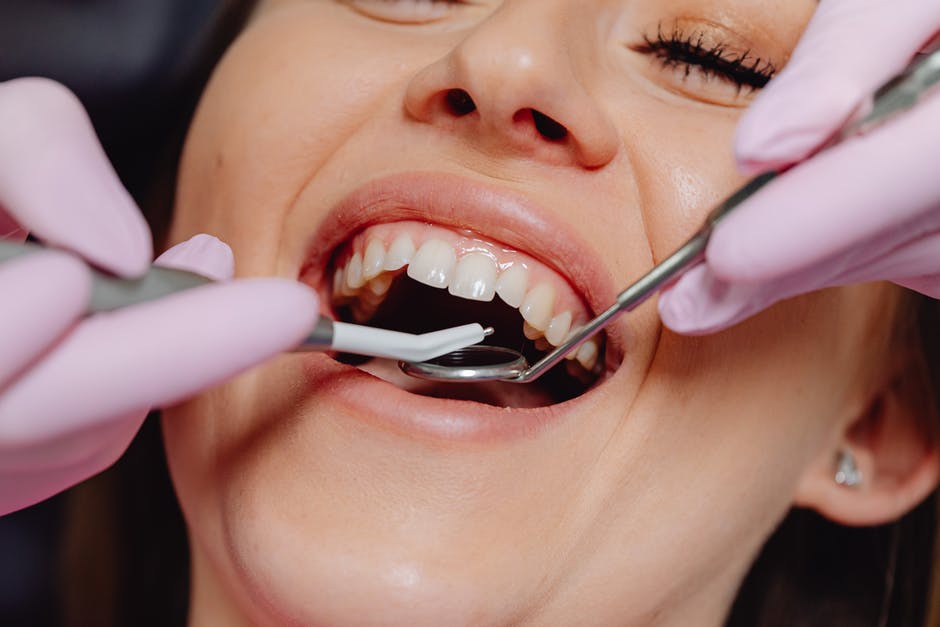Did you know that over 13 percent of children aged five to 19 have untreated tooth decay? That number is over 25 percent for adults aged 20 to 44.
When you have tooth decay or some other dental problem, it’s important to have it treated as soon as possible. What are your options, though? How invasive are they, and how will you know they’re helping?
Luckily, we’re here to help you learn all about dental treatments. Read on to learn about a few of the best and most common that are available today.
Fillings
One of the most common dental procedures out there is fillings. These are used to treat teeth with cavities or decay, and they can also be used to repair injured teeth that have fractured.
If you have a toothache, this is probably the first thing your dentist is going to check for. They’ll do this with a combination of x-rays and a physical examination. If the dentist finds a cavity, that’s when they go in and schedule a filling.
On the day of your appointment, the dentist is going to use a numbing agent on your teeth (so you won’t feel a thing the entire time). They’ll then use a dental drill to remove any decayed parts of the inner tooth, clean the tooth with water, and seal it with a dental filling.
Your dentist will usually have different fillings; you can choose from—porcelain, silver, gold, or dental resin. Porcelain is more common than gold or silver today, so that’s likely what your filling will be made of.
Dental Crowns
Dental crowns are basically a step up from fillings. They’re reserved for teeth that have been so badly damaged that a filling won’t help.
Usually, this procedure takes two visits to complete, as most crowns have to be created in a lab. Some general dentists, however, are able to make crowns themselves, so it’s sometimes possible to have the procedure done in one day.
The difference between a crown and a filling is that crowns cover the tooth completely, so they’re protected from further damage or infection. It’s pretty much the only way you can save a damaged tooth from extraction.
Dental Implants
Implants are the best—and most permanent—way to replace your real teeth.
There are different types of dental implants, including removable and non-removable options. You’ll usually be able to choose between these dental implant options when you have your procedure done, so it’s best to talk to your dentist first.
Non-removable implants are also called bridges. A dental bridge attaches to the two teeth with dental crowns. They look and feel natural, but if one of the supporting teeth breaks or decays, the entire thing will have to be replaced.
Removable implants are more common today, and they’re designed to replace some or all of your missing teeth. There are also implant-supported dentures, which are immovable and don’t involve pastes or other tools that come with traditional dentures.
The placement involves a small oral surgery. The dentist will remove the old tooth and place the implant into your jawbone.
The process itself can take up to a few months to complete, and you’ll likely need several procedures; the placement of dental implants gives you a permanent solution. They work just like real teeth, and you won’t have to worry about feeling unsupported or not confident in your smile once everything is done.
Tooth Extractions
If a tooth has decayed beyond repair, the next best option is extraction. Finding the best dentist you can is essential for this procedure so you can feel comfortable and confident in the diagnosis.
When an impacted tooth attempts to push past the gumline and fails, the dentist will remove it through a minor surgical procedure. If the problem lies above the gum line, however, the dentist removes it by loosening the tooth from its bone socket and then pulling it out.
Braces
Braces, on the other hand, deal with crooked teeth instead of decaying ones. They’re used to position the teeth in a way that’s easy to clean and doesn’t cause any more problems. They can help correct bad bites and also align teeth, so the patient doesn’t have to worry about issues or pain while talking and eating.
If braces are suggested to you, it’s best to ask the dentist if they have an orthodontist they recommend or work closely with. They’ll be able to work in tandem when you have cleanings or if you need other dental work done, and you won’t have to worry about your wires or bands being off for long periods of time.
Basically, if you have a dental cleaning, you’ll likely need to schedule an appointment with your orthodontist after it’s done. Your dentist is able to pull bands and brackets off themselves, but your orthodontist will have to put them back on and tighten them as needed.
Dental Treatments Aren’t Anything to Be Afraid of
Now that you know a bit more about the different types of dental treatments available, do you feel a little nervous about the process? Whether you’re getting a filling or having braces put on, you’re likely to find that the process is nothing to be worried about. If you are still nervous about the process, remember that you’re going to feel a lot better once it’s all said and done.
To learn more about the latest in dentistry, check out the rest of our website.




